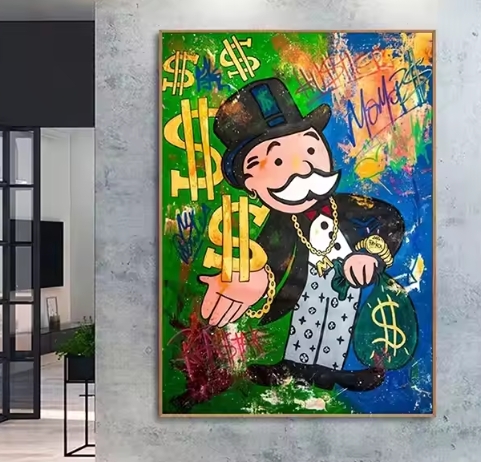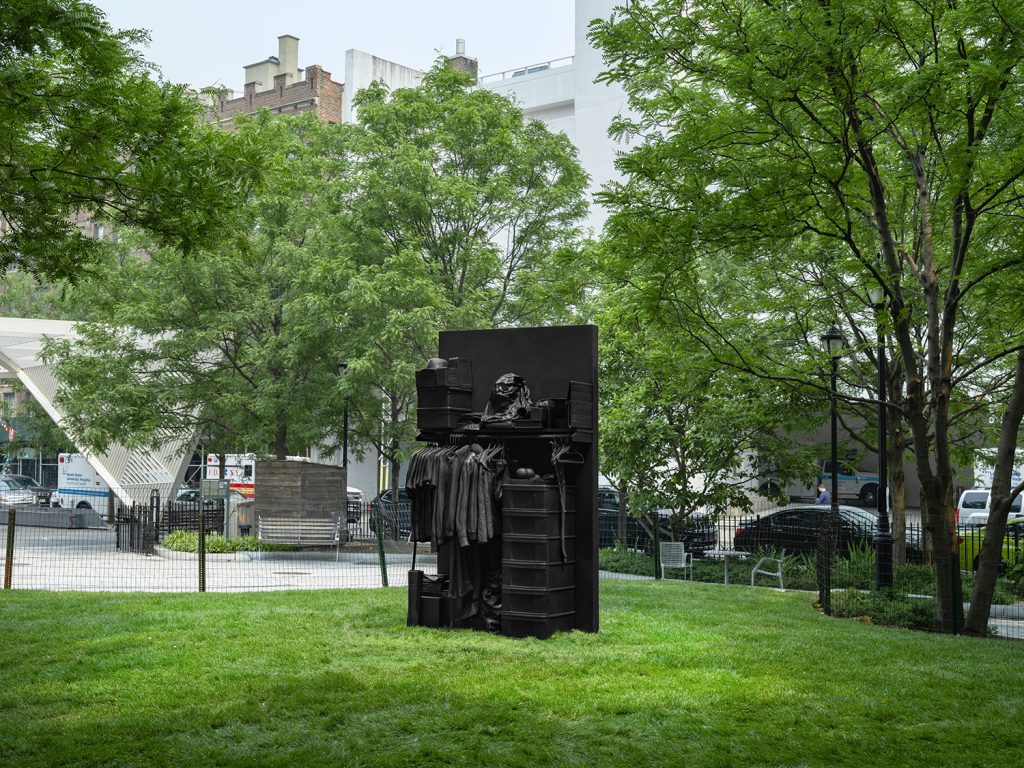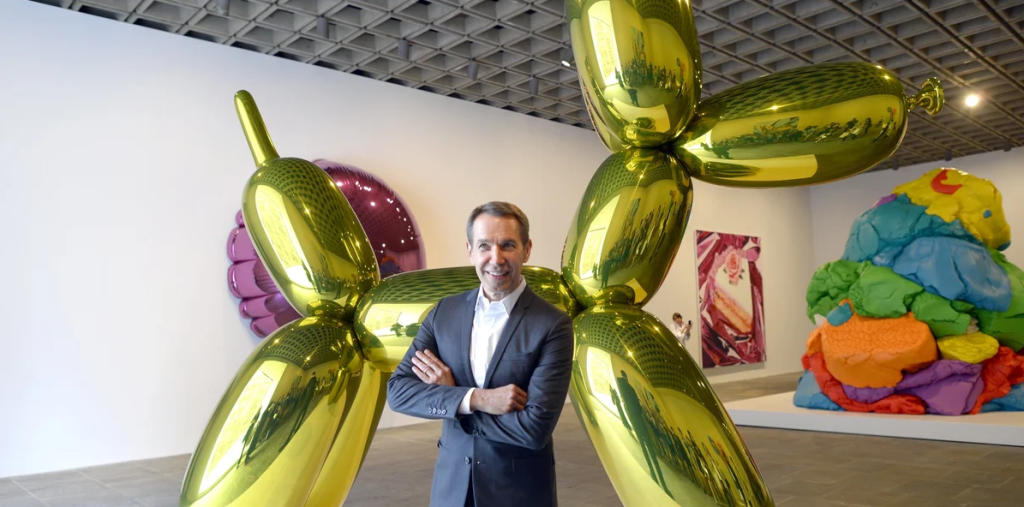Introduction
Graffiti has long been a form of expression. In recent years, a unique character has emerged: the Graffiti Monopoly Man. This figure combines street art with elements of capitalism.
Who is the Graffiti Monopoly Man?
The Graffiti Monopoly Man is a satirical take on the iconic board game character. He embodies wealth and privilege, often depicted in urban environments. Graffiti artists use him to critique capitalism and consumer culture. His image is no longer limited to walls. In some art exhibitions, Monopoly Man Statues with him as the theme have also appeared, prompting the audience to reflect on money and power.
The Art Style
This character is usually painted in vibrant colors. The style merges traditional graffiti techniques with pop art flair. Artists often add humorous elements, such as oversized dollar signs or absurd scenarios.
Social Commentary
The art serves a purpose beyond aesthetics. It highlights societal issues like income inequality. By juxtaposing the Monopoly Man with gritty urban settings, artists force viewers to question the values of capitalism.
Popular Culture
The Graffiti Monopoly Man has gained traction in popular culture. He appears in various forms: murals, stickers, and digital art. His image resonates with younger audiences, merging art with a message.
The Art Market
As street art rises in value, the Graffiti Monopoly Man plays a key role. Galleries now showcase works featuring this character. Collectors are eager to invest, appreciating both the artistry and the critique.
Conclusion
The Graffiti Monopoly Man symbolizes a growing intersection of art and capitalism. This character has sparked conversations about wealth and privilege in our society. As street art continues to evolve, so does the impact of this vibrant figure.


